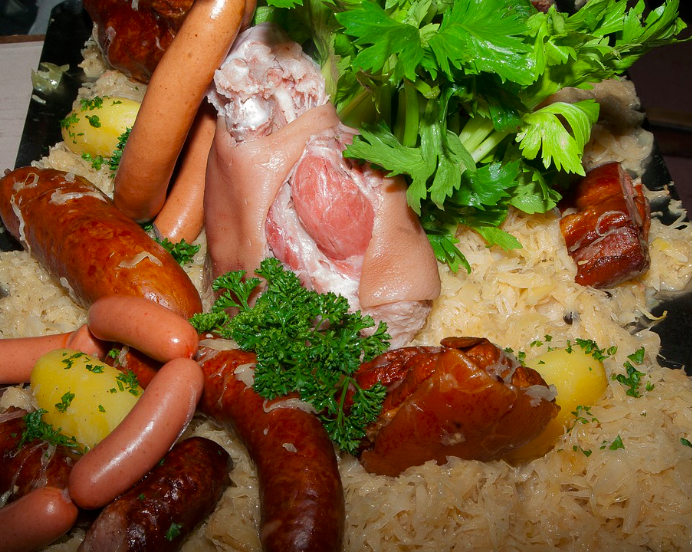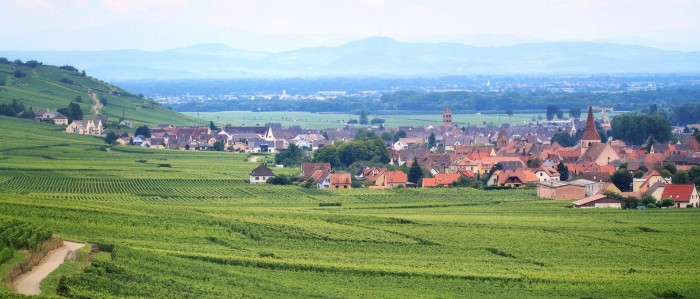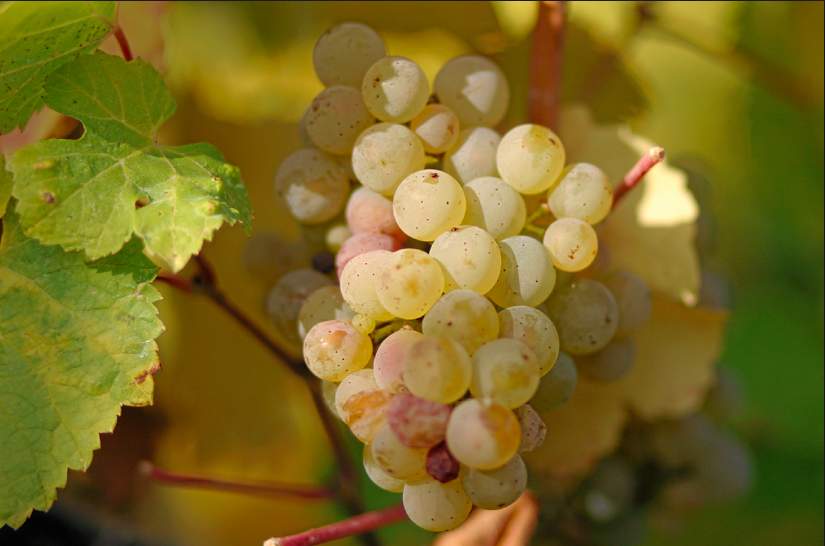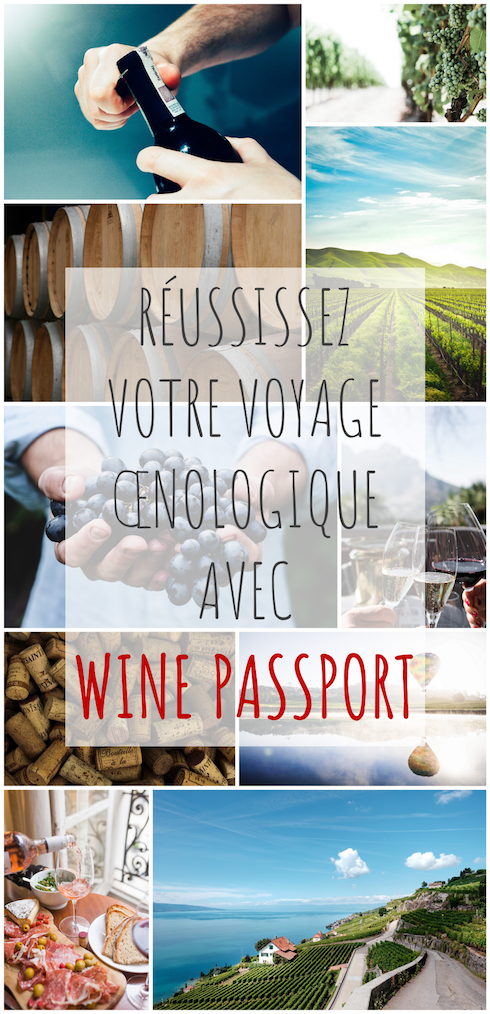1 day(s) /
0 night(s) :
- Description
-
Focus 1 : Alsace
With an amazing sense of hospitality, generous gastronomy and colourful landscapes, Alsace plays the card of conviviality. Wander all over its wine route and discover the authentic Alsace !German influences are strong in this region but the heart of the Alsatians remains obviously French. Cultivating similar grape varieties on the other side of the Rhine, the region has built an identity that the locals proudly claim. Riesling paradise, Gewurztraminer Kingdom, Pinot Gris Province and Muscat fief… Alsace does not end up surprising with its strong knowledge of the different grape varieties. Its changing terroirs are home to a beautiful diversity and whites are obviously in the spotlight. Indeed, they represent almost 95% of "encépagement". However the Pinot Noir delivers very beautiful expressions of its potential and is not to be put on the sidelines.
Alsatian gastronomy, delivers many famous specialties. Knacks, sauerkraut, pretzels, Flammekueche or even gingerbread, the dishes are as generous as those that prepare them.The inns and restaurants are numerous and always ready to welcome you with smile and conviviality. Tradition and culture remain wonderfully alive and are admired by many regions. The key to this success? The Alsatians themselves!
Picturesque and enchanting, the towns and villages of the land of the white wines bear witness to a formidable authenticity. The coloured half-timbered houses in Strasbourg and Colmar - to name just the most famous - provide a unique charm to the hilly landscapes. The immense cathedral of Strasbourg dominates the region by its Gothic architecture while the district of small France concentrates on small alleys. The influence of this city within Europe stems from a long history and a strategic place. B y walking the streets of the Christmas capital you will understand that it has gone through history. Today it combines modern and diplomatic buildings with traditional architectures. The Vosges Natural Park is one of the classics in the region. Its mountains are not the highest in Europe but the landscapes are still interesting. An atypical cocktail but above all a jewel of the diversity that our sweet France offers us.Focus 2 : Wine Regions
Gewurtztraminer
The signature wine from Alsace with a polarizing character. Translated literally Gewurtzraminer means spicy Traminer.This wine draws its heritage from an old vine called the pink Tramier. Known for being powerful, it was given the name Traminer. This is a full bodied wine, aromatic with spicey tones, fruits (leetchi), and flowers (roses) tangled into incomparable syrupy sweetness locked in a bottle.This is an apéritif wine and accompanies strong cheeses perfectly. It is also used in exotic recipes or for desserts.
Muscat
There are three varieties of Muscat in Alsace. The " Muscat d'Alsace " introduced to Alsace in the XVI century, the " Muscat dit " with small grains " and the Muscat " ottonel " introduced in the middle of XIX century.Unlike the syrupy Southern Muscat wines, the Muscat wine of Alsace has a dry character to it. They have very aromatic fresh fruit flavours ideal for apéritifs and usually go perfectly with fish such as Bar and asparagus.
Riesling
According to ampelographes (specialists of the vineyard classifications), the Rhine Valley is the cradle of this type of vine. In the IX century, Riesling was introduced to the vineyards of Rheinghau. In other words the Riesling Alsatian was introduced at the end of the XV century. Today this vine covers the largest production size in the region.Riesling is a culinary wine with flowery aromas and minerality.The perfect accompaniment for choucroute and compliments perfectly white meat, fish dishes including seafoods.
Sylvaner
Sylvaner owes its origins to Austria and later distilled all over central europe. Transylvania has been identified as being the land origins of this grape variety.Usually found in Australia and California, this wine is light and slightly fruity in flavour.Generally this wine is great with Alscase charcuteries, including fish and seafoods.
The Pinot Noir
Originally from Burgundy, the Pinot noir is the only red vine authorized in Alsace. Nevertheless, it remains widely present in the AOC catalogue of Alsace. It is generally used to elaborate Cremants rosé and blancs de noirs.We attribute this type of wines for the aromas of their red berries and more particularly cherry. Aged in oak barrels, they also have complex aromas and have a more robust structure. It is best served with red and game meat, including "charcuterie" i.e delicatessen.
Pinot Gris
Legend talks about the middle of the 16th century when young wines were imported by Hungary, the Tokay Lazare de Schwendi to be precise, in celebration of the Baron who served the House of Autriche.This appellation underwent several changes over the years adopting this name from 1 april 2007.This wine is known for being round, robust and develops a richness and flavour unique to itself.It sometimes has slightly smoked floral aromas, an excellent choice to go with foies gras, roasts and white as well as game meats.
The Pinot Blanc
Also called the Klevner, the Pinot blanc distinguished itself from Chardonnay in 1896 folloing the Congress of Chalons. It is the white version of Pinot noir very often used to elaborate wines like the Cremant of Alsace.Focus 3 : Why Wine Passport ?
Wine Passport works everyday for several years to offer you exceptional trips around wine tourism.Our passion for wine, gastronomy and travel help us to find the most beautiful wine regions of the world.Whether you are wine professionals or beginners, you want to discover a region or only its vineyard, we will be able to meet your expectations.
We organize your stays according to your wishes!

Alsace
Wine stay in Alsace
1 day(s) /
0 night(s)
On request
Share
You may also like
Wine stay in Hungary
1 day(s) /
0 night(s)
On request
Wine stay in the Beaujolais
1 day(s) /
0 night(s)
On request















